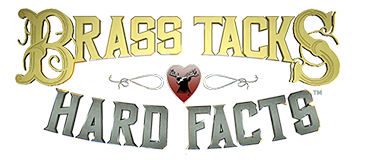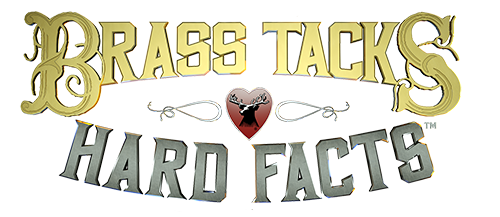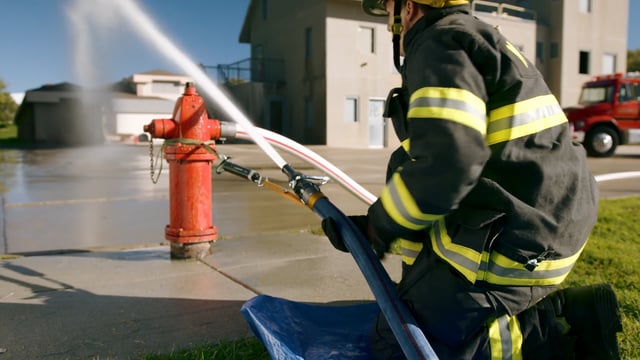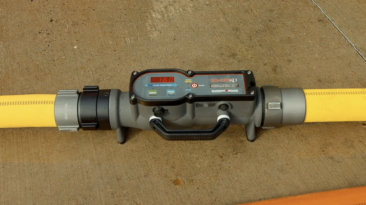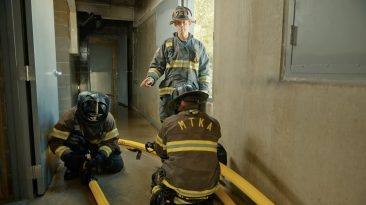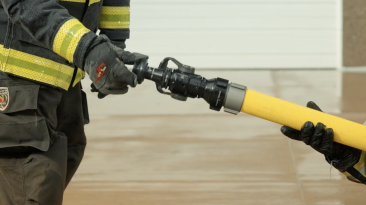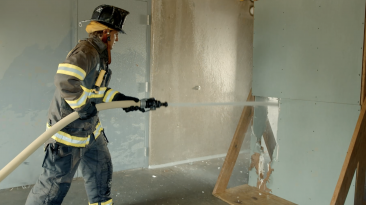In this episode Jerry Herbst discusses what to consider, and how gathering fact based information will help build a case for whichever fire flow system you are targeting.
Jerry Herbst
Jerry is a 37 year veteran of the Fire Service and is a New York State certified Training Officer. With over 25 years on the line Jerry has served in all rank positions including 6 years as Chief of Department in his local volunteer FD and ten years as a paid Deputy Chief Coordinator at the County Level. He is still an active Firefighter and Apparatus Operator.
He has been with Elkhart Brass since 2006 serving as a Regional Manager, National Account Manager and Strategic Development Manager for Municipal Markets.
Currently the Head of Training and Product Specialist for Elkhart Brass, his primary area of responsibility is the Northeast and Mid-Atlantic corridor. He also travels throughout the U.S. in support of Elkhart’s field force and National account partners providing subject matter expertise on the evaluation, development and implementation of equipment solutions for effective fire attack packages.
He is responsible for relationships with national level fire service instructors and training company's across the U.S. and facilitates their interaction with Elkhart Brass.
Jerry has been published and referenced in Industry leading media and is active in instruction and support at many of the nation’s leading Hands on Training events.
View All VideosYou may also like
In Dave Fornell’s Fire Stream Management Handbook, Evaluation and Testing is covered thoroughly in its own dedicated chapter. In this episode Dave discusses what goes into doing it properly and the importance of being diligent in your efforts to be successful on the fire ground. CONNECT...
In standpipe operations the time may occur that you stretch short or just need more working length. Using an Increaser this evolution is simplified. Specially designed to be compact and without rocker lugs, Eric Tollund breaks down how to perform this operation using one. CONNECT WITH US Click Here...
Extending a line using a leader line tip or from a shutoff is an operation that can happen when a smaller line may be needed for maneuverability or mop up after a hit with a 2-1/2”. In this episode Jon Hall reviews this tactic and some considerations for extending the line and securing it. CONNECT...
In this episode Steve Robertson reviews the Bent and Straight Overhaul Tips.
